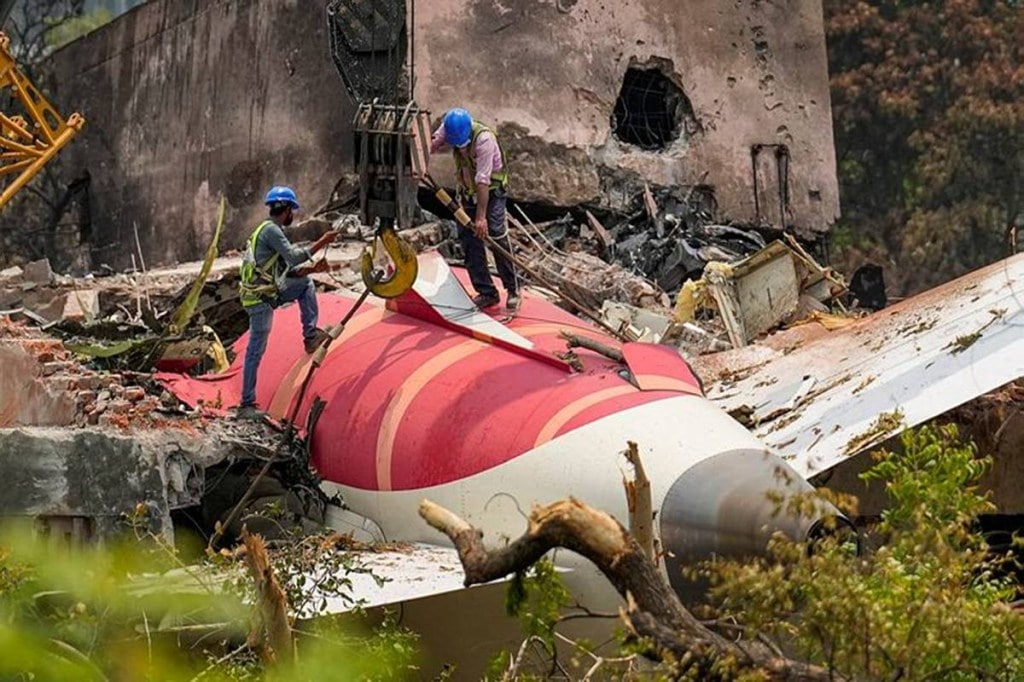Former Civil Aviation Minister and BJP MP Rajiv Pratap Rudy has raised concerns over the preliminary report of the Aircraft Accident Investigation Bureau (AAIB) into the tragic crash of Air India Flight AI171 in Ahmedabad on June 12. While the report has outlined the timeline of events, Rudy, in an interview with CNBC TV18, said that it fails to address the most critical question, i.e., why and how the engines shut down mid-air.
AAIB report raises more questions
The AAIB’s initial report, released over the weekend, revealed that the fuel control switches of both engines on the Boeing 787-8 Dreamliner moved from ‘RUN’ to ‘CUTOFF’ just three seconds after takeoff. This action starved both engines of fuel, leading to a total loss of thrust and the eventual crash that killed 260 people.
While cockpit voice recordings captured a pilot asking, “Why did you cut off the fuel?” and the other responding, “I did not do so,” Rudy pointed out that the report has not clarified how the shutdown occurred. “One thing has not been mentioned—how did the aircraft close or shut down? That has been left open,” he said, as quoted by CNBC TV 18.
Rudy further criticised the report for failing to assign responsibility. “As per this report, it has not apportioned the blame on the captain, the airline, Air India, or, for that matter, Boeing,” he said. “It just gave evidence of the things which happened inside the aircraft and time-wise what were the actions taken. It is very intriguing.”
According to him, the report merely lists the actions and their sequence but fails to explain why each action occurred or how it directly led to engine failure. “The report talks about everything but doesn’t say which action resulted in the engine shutdown,” Rudy emphasised.
FAA advisory on fuel switches ignored?
Rudy also drew attention to a 2018 advisory from the US Federal Aviation Administration (FAA), which warned of potential issues with the fuel control switches on Boeing aircraft. The advisory noted that the switches might lack an effective locking mechanism, increasing the risk of inadvertent movement. While this was included in the AAIB report, Rudy criticised the lack of follow-up. “This was an advisory, but no action was taken,” he said.
Citing insights from senior Boeing 787 pilots, Rudy explained that restarting an engine after shutdown involves toggling the fuel control switches, which communicates with the Full Authority Digital Engine Control (FADEC) system the engine’s onboard computer. If FADEC fails, he said, the engine could fail to respond even if the switches are returned to ‘RUN’.
“There is also a report globally that in rare cases, a FADEC failure, a computer failure can occur. Unless the AAIB states this clearly, we don’t know if that’s what happened,” Rudy noted. He added, “It has said that the engines shut down, but it has interrupted,” referring to a lack of definitive technical causality in the report.
Meanwhile, as the AAIB continues its investigation, Rudy urged patience but insisted that the final report must clearly explain the cause of the fatal fuel cutoff. “Until then, we still have to wait to find out who is responsible,” he concluded.

